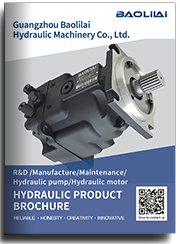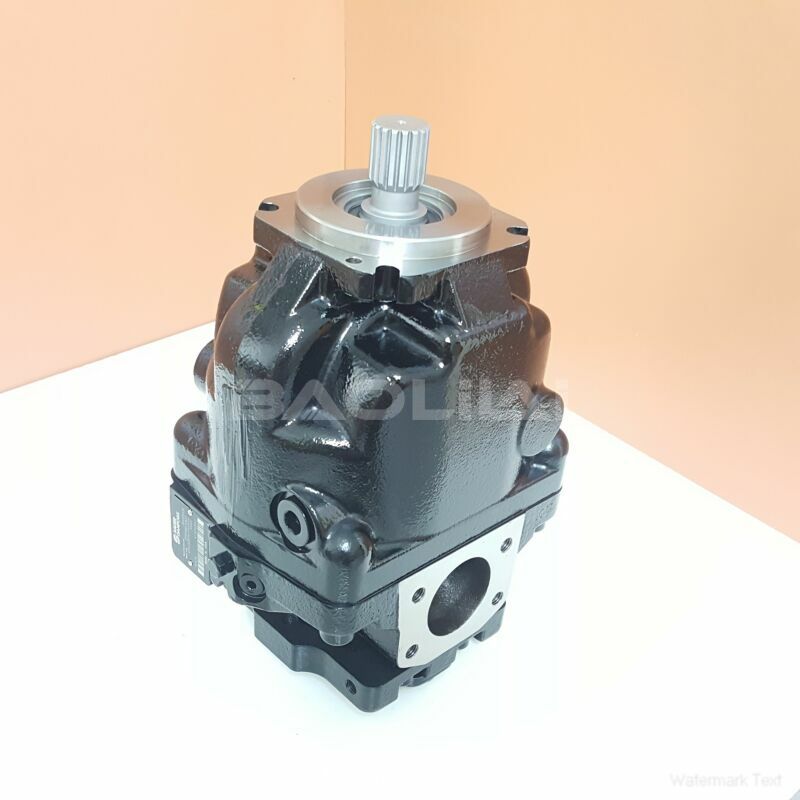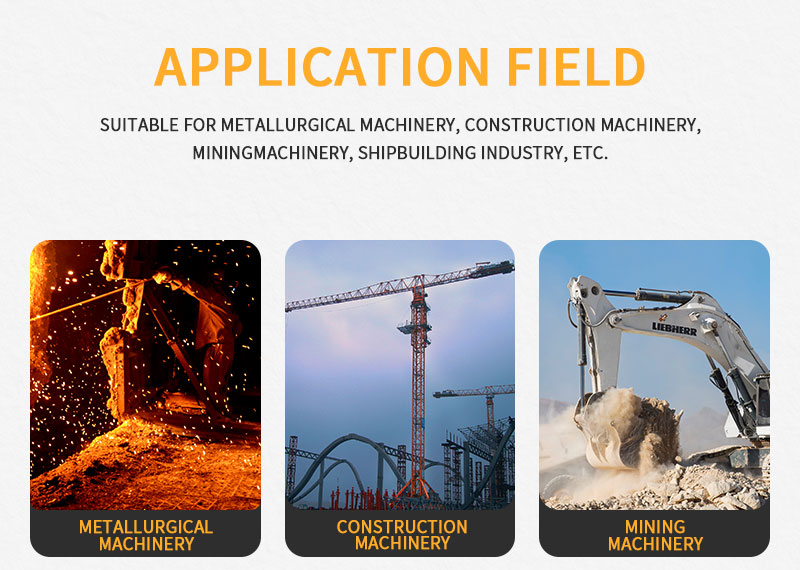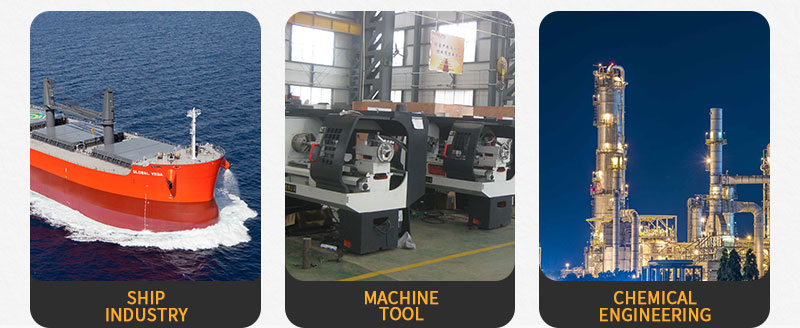ERL100BBS3020NNN3S4APA1NAAANNNNNN piston pump
ERL100BBS3020NNN3S4APA1NAAANNNNNN piston pump

- Product Details
- Applicable Scene
Plunger pumps are a popular choice in various industries due to their ability to handle high pressures and deliver precise volume measurements. Understanding the efficiency of plunger pumps is essential for optimizing their performance and ensuring long-term reliability. This guide provides an overview of what plunger pump efficiency is, factors affecting it, and ways to improve it.
ER-L-100B-BS-30-20-NN-N-3-S4AP-A1N-AAA-NNN-NNN
ERL100BBS3020NNN3S4APA1NAAANNNNNN
Plunger pumps work by using a sliding plunger to create a siphon effect, pulling fluid into the chamber and then displacing it when the plunger moves back. Their efficiency is typically measured by the ratio of the actual flow rate to the theoretical flow rate. An efficient pump minimizes energy consumption while maximizing output.

80002952
Several factors influence plunger pump efficiency:
Design and Materials: The design of the pump, including the diameter of the plunger and the materials used in construction, can affect its performance. High-quality materials with low friction will reduce wear and contribute to higher efficiency.
Operating Conditions: The viscosity and temperature of the fluid being pumped, as well as the pump speed, have a significant impact on efficiency. Operating within the recommended range for these parameters can lead to optimal performance.
Suction Conditions: The conditions under which the pump draws fluid can also play a critical role. Ensuring proper priming and maintaining an adequate supply of the fluid will prevent cavitation, which can severely decrease efficiency.
Maintenance: Regular maintenance, including checking for wear in components such as seals and valves, can significantly improve pump efficiency. Addressing issues promptly helps ensure the pump operates at peak performance.





